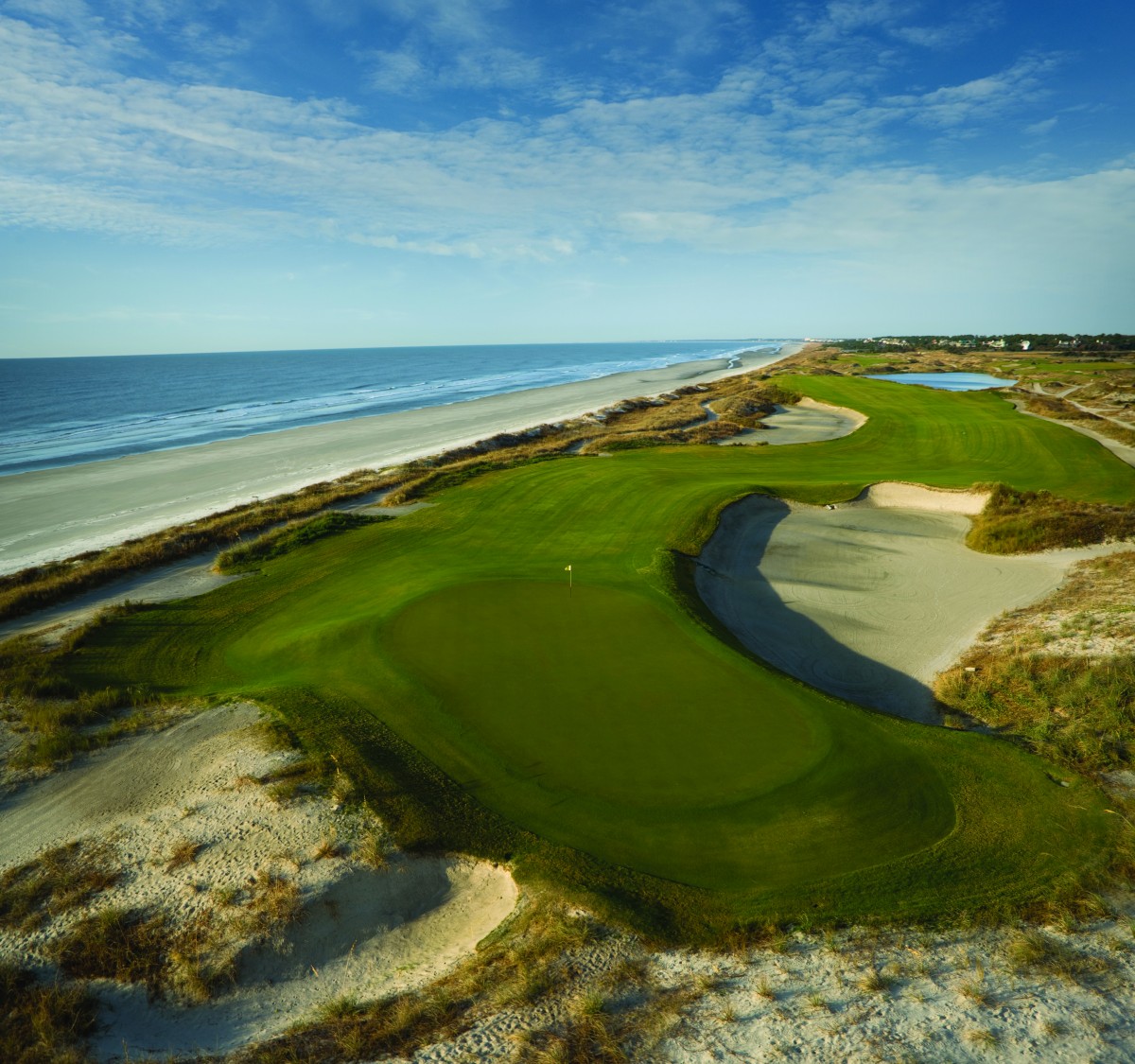As Golfweek’s Adam Schupak wrote after the first 36 holes of the 103rd PGA Championship, “the winner so far has been the wind at The Ocean Course at Kiawah Island Resort.”
The elements, clearly, have an impact on the way the gorgeous Pete and Alice Dye design plays. As you can imagine, geography plays a hand in this. Kiawah, which sits less than an hour from nearby Charleston, is on an exposed piece of property surrounded by the winding Kiawah River, a portion of the Stono River and the Atlantic Ocean.
Before the Civil War, it was primarily known as a cattle farming region, although Kiawah later became a logging hotspot. The first group of summer homes wasn’t built until the mid-1950s and the island didn’t see its first golf course until 1976 when March Point Golf Course (since renamed Cougar Point) made its debut.
And while the land value has skyrocketed in subsequent decades — those who have purchased homes in the area include former Miami Dolphins quarterback Dan Marino, former governor Nikki Haley, skater Tara Lipinski and NBA star Ray Allen — the flat, sandy area is prone to reshaping and, in a worst-case scenario, could be susceptible to catastrophe.
A story in the Washington Post in advance of the PGA Championship highlighted just how vulnerable Kiawah is. Prior to his death last year, Dye said he doubted the course will make it another half-century. Others have insisted that timeline could be too generous.
[vertical-gallery id=778104757]
“If a Category 3 or 4 came in just south of here, there probably wouldn’t be much left,” George Frye, the former superintendent of The Ocean Course told the Post. “It would be devastating.”
According to the state’s emergency management division, South Carolina is one of the most vulnerable states in the nation to be impacted by hurricanes and tropical storms. The greatest threat to life — and the golf courses — associated with a hurricane and tropical storm is storm surge. Other effects include high winds, tornadoes, and inland flooding associated with heavy rainfall that usually accompanies these storms.
Is talk of a hurricane ripping through Kiawah simply a case of climatologists being overcautious?
Consider this: A total of 82 hurricanes have been recorded in the Kiawah Island area since 1930, with the most recent in 2014 when Arthur pounded the region with heavy rains. In fact, hurricanes have been a part of The Ocean Course since its inception — Hurricane Hugo ravaged the area in 1989 and forced a massive reconstruction that made finishing the track in time for the 1991 Ryder Cup a challenge.
And although the historical probability of a hurricane making landfall in South Carolina is about 18 percent — according to Colorado State University’s Department of Atmospheric Science, which has issued seasonal hurricane forecasts every year since 1984 — the odds in 2020 were bumped to 27 percent due to rising ocean temperatures. The state was fortunate that last year fell on the right side of the odds, but that won’t always be the case. But ocean temperatures continue to rise.
And hurricanes aren’t the only issue that could potentially shape Kiawah’s future. Data gathered by the National Oceanic and Atmospheric Administration, or NOAA, suggests sea levels here have risen as much as 0.8 feet since 1992. The rising seas, according to scientists, are a result of melting polar ice and warmer oceans that take more space.
Based on current climate trends, NOAA estimates seas may rise as much as 1.85 feet by 2040 compared to 1992.
The end result?
The incredible views from Kiawah’s wind-swept Ocean Course should be savored this week — data indicates the course likely won’t stay in its current form for too long.
[mm-video type=playlist id=01es6rjnsp3c84zkm6 player_id=none image=https://golfweek.usatoday.com/wp-content/plugins/mm-video/images/playlist-icon.png]
[lawrence-related id=778105273,778105150,778105066]
